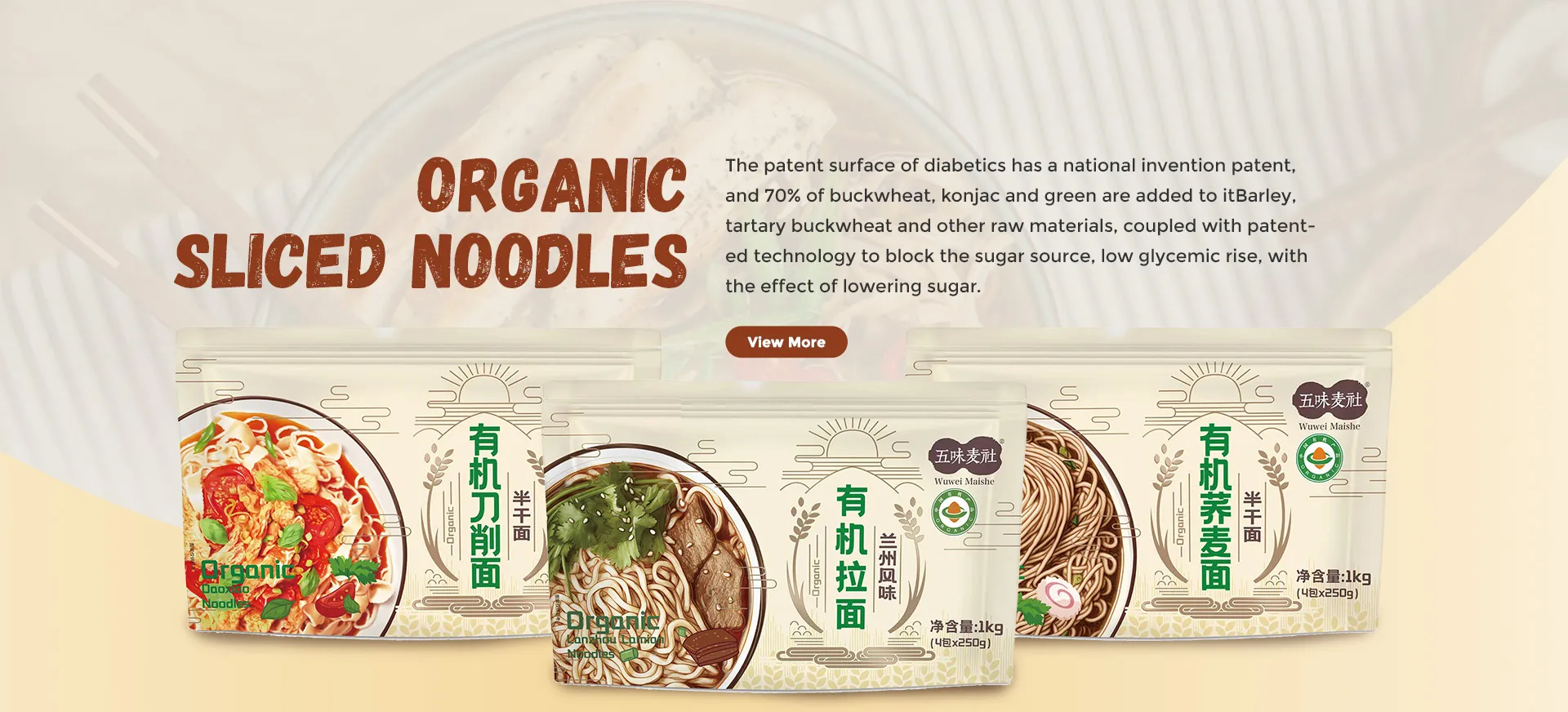Exploring the Delights of Soba Noodles and Their Culinary Versatility
The Delight of Soba Noodles A Culinary Journey
Soba noodles, originating from Japan, are a beloved staple in Asian cuisine that have garnered attention worldwide for their unique flavor, health benefits, and versatility. Made primarily from buckwheat flour, these thin, brownish noodles offer a delightful culinary experience that transcends borders. Whether enjoyed hot in a savory soup or cold with a dipping sauce, soba noodles provide a nutritious and tasty option for a variety of dishes.
The history of soba noodles dates back to the Edo period (1603-1868), during which buckwheat was introduced to Japan from China. Due to its resilience and ability to thrive in poor soil conditions, buckwheat became a significant crop, particularly in the mountainous regions of Japan. Consequently, soba noodles evolved as a way to utilize this nutritious grain. Today, they are an essential part of Japanese culture, often enjoyed during special occasions like New Year’s celebrations and the traditional practice of “toshikoshi soba,” where people eat the noodles on New Year’s Eve for good luck in the coming year.
One of the most appealing aspects of soba noodles is their health benefits. Buckwheat, unlike standard wheat, is gluten-free, making soba a suitable option for those with gluten sensitivities or celiac disease. Additionally, buckwheat is rich in nutrients; it contains high levels of protein, dietary fiber, and essential vitamins and minerals. The fiber content aids digestion, while antioxidants found in buckwheat can potentially lower cholesterol and blood pressure levels. As such, soba noodles are not just a delicious dish but also a nutritious addition to a balanced diet.
soba noodles

In terms of preparation, soba noodles offer versatility that makes them appealing to both home cooks and chefs alike. They can be served in various ways—hot or cold, in soups or salads, or stir-fried with an array of vegetables and proteins. A classic dish is “zaru soba,” where the chilled noodles are served on a bamboo mat with a side of rich dipping sauce called “soba tsuyu.” This refreshing dish is particularly popular during the summer months. Conversely, “kake soba,” the hot version, is often enjoyed in a warm broth garnished with scallions and tempura.
Soba noodles can also be used creatively in fusion cuisine. Chefs around the world have embraced soba, incorporating it into pasta salads, stir-fries, and even as a base for various Asian-inspired dishes. Its earthy flavor complements a wide range of ingredients, from traditional Japanese toppings like nori and sesame seeds to more eclectic options such as avocado and grilled chicken. This adaptability makes soba a favorite among food enthusiasts seeking novel yet healthy meal options.
Moreover, soba noodles are deeply rooted in sustainability. Buckwheat cultivation requires less water than many common grains, which aligns with growing environmental consciousness among consumers. Many families in Japan continue the tradition of hand-making soba, a skilled craft known as “soba-shi.” This artisanal approach not only ensures quality but also preserves cultural heritage, making each bowl of soba a story of history, craftsmanship, and community.
In conclusion, soba noodles represent more than just a delicious meal; they embody a rich culture, a commitment to health, and sustainability. As more people around the globe discover the joys of soba, its popularity continues to rise. Whether you are a seasoned chef or a curious foodie, exploring the world of soba noodles can lead to a delightful culinary adventure that nourishes both the body and the soul. So why not dive into the delightful world of soba and experience the multitude of flavors and textures it has to offer? Your palate will thank you.
-
Unleash Your Inner Chef with Delectable Italian Pasta CreationsNewsAug.01,2025
-
Savor Health and Flavor: Irresistible Soba Noodles for Sale Await!NewsAug.01,2025
-
Nourish Your Body with Premium Organic Ramen - A Culinary Delight AwaitsNewsAug.01,2025
-
Elevate Your Dishes with Our Exquisite Kinds of Egg NoodlesNewsAug.01,2025
-
Dive into Flavorful Convenience with Our Ramen OfferingsNewsAug.01,2025
-
Discover Exquisite Types of Naengmyeon and Chilled Soba NoodlesNewsAug.01,2025
-
Is Whole Wheat Pasta Healthy?NewsMay.30,2025
Browse qua the following product new the we

















































































































